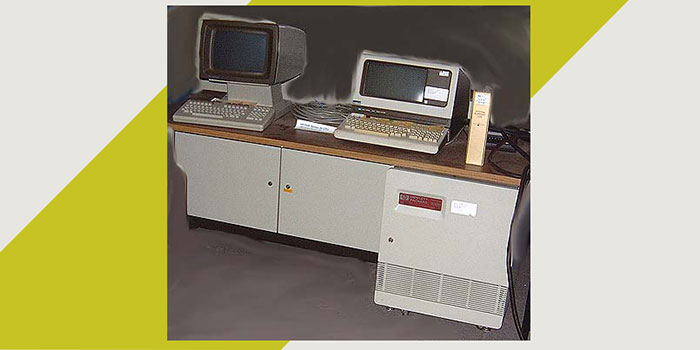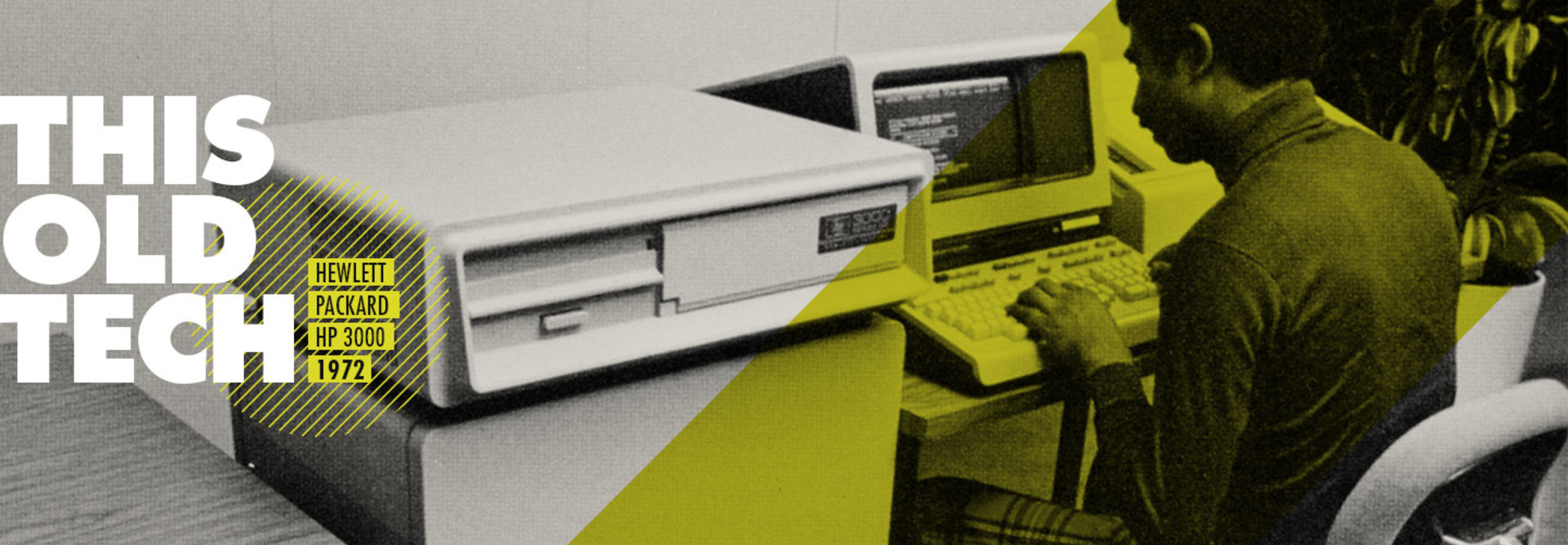The HP 3000 Made History as the First Computer in the White House
The federal government had been using computers for decades by the late 1970s, and IBM’s mainframes had helped power NASA astronauts to the moon. But there weren’t many minicomputers or early personal computers being used in federal offices.
The number of computers in use in the federal government rose from about 2,400 in 1965 to a little more than 11,000 in 1977, according to figures from the General Services Administration and compiled in 1979 by the National Bureau of Standards (which later became the National Institute of Standards and Technology).
In a sign of the changing times, the White House finally got a computer during the presidency of Jimmy Carter. According to the White House Historical Association, the Carter administration in 1978 “began the task of automating the White House with computers.”
As the Computer History Museum notes, “while the U.S. government had funded many computing projects dating back to the 1940s, it wasn't until the Carter administration that a computer is actually installed in the White House. Staffers were given terminals to access a shared Hewlett-Packard HP3000 computer, and the technology department acquired a Xerox Alto for the Oval Office.”
Initial uses of the Hewlett-Packard 3000 included “assembling databases, tracking correspondence, developing a press release system, and compiling issues and concerns of Congress,” according to the White House Historical Association.
WHAT Is the HP 3000?

Photo credit: HP Computer Museum
Hewlett-Packard started developing the HP 3000 in 1968, and it was HP’s first minicomputer focused on the commercial data processing market, according to Becoming Hewlett Packard: Why Strategic Leadership Matters, by Robert Burgelman, Webb McKinney and Philip Meza. The authors note that the HP 3000 was a “versatile minicomputer” that “performed broader general-purpose computations than its rivals.”
The HP 3000 was a 16-bit business minicomputer, according to Managing Multivendor Networks, by John Enck and Dan Blacharski. As HP Computer Museum notes, instead of using the RTE or DOS operating systems, the machine ran on a custom OS known as Multi-Programming Executive, which would last for about 25 years.
As Enck and Blacharski detail, the HP 3000 was not “designed to run special interfaces or highly complex, concurrent hardware activities.” Instead, the machine was designed to “accommodate concurrent users working at administrative and business applications.” Each user had a session environment from which he or she worked independently of other users, they add. That made it ideal for settings like the White House, in which multiple staffers could use the machines to work on separate tasks.
WHEN Was the HP 3000 Introduced?

Photo credit: ed-thelen.org/Wikimedia Commons
The HP 3000 was first introduced in 1972, but it got off to a rocky start. Burgelman, McKinney and Meza write that it had a “very unsuccessful launch.” The system “bogged down badly” and “four users could bring it to its knees,” according to The HP Phenomenon: Innovation and Business Transformation, by Charles House and Raymond Price.
HP executives Paul Ely and Ed McCracken set out to fix the issues. McCracken discovered that the computer’s software was not the cause of customer problems, but rather that the manufacturing of the machines was “uncharacteristically slipshod,” they added.
However, Burgelman, McKinney and Meza write that, after the problems had been worked out, the HP 3000 “found success in the commercial data processing market.” Indeed, the computer was still going strong into the early 1990s. A November 1992 Computerworld “Buyer’s Guide” user survey gave the HP 3000 a highest user satisfaction rating.
WHY Did the HP 3000 Die Off?

Photo credit: HP Computer Museum
The HP 3000, like many minicomputers of its era, was eventually supplanted by newer, faster and more capable machines, and by the widespread adoption of PCs in the late 1980s and early ’90s.
Indeed, the White House Historical Association notes that “President Ronald Reagan’s staff expanded the uses of computer office technology,” and soon adopted word processors with the advent of PCs in the 1980s.
Reagan had the Carter administration’s Xerox Alto removed from the Oval Office after he was elected, according to the Computer History Museum. No president since Carter has had a dedicated computer in the Oval Office, according to Slate.
Slate noted after former President Barack Obama was sworn in: “The president has a fleet of computer-equipped staffers sitting directly outside his office doors. President Bush sometimes used the computers of these personal aides to check news reports or sports scores. (He also had a personal computer at his Crawford ranch, which he used for limited personal surfing.)”

By the end of 1976, the HP 3000 line alone was producing close to $50 million in revenue, House and Price write (equivalent to $214 million today).
"This Old Tech" is an ongoing series about technologies of the past that had an impact. Have an idea for a technology we should feature? Please let us know in the comments!









